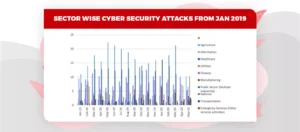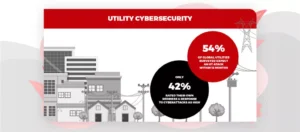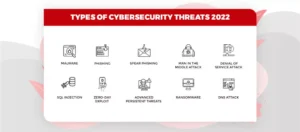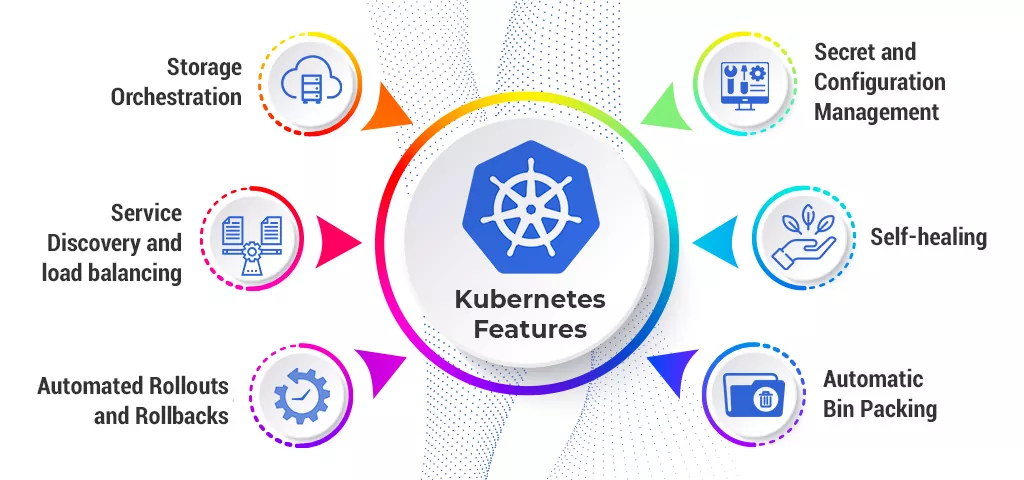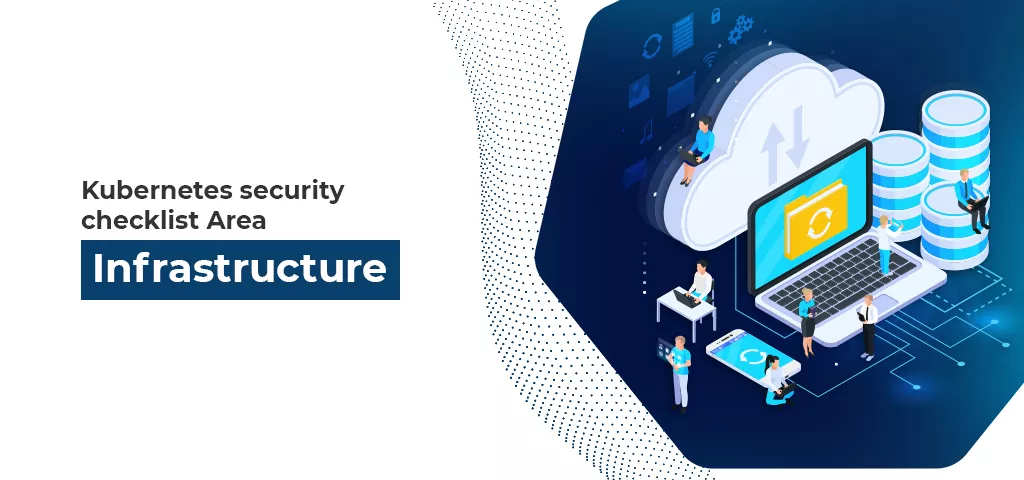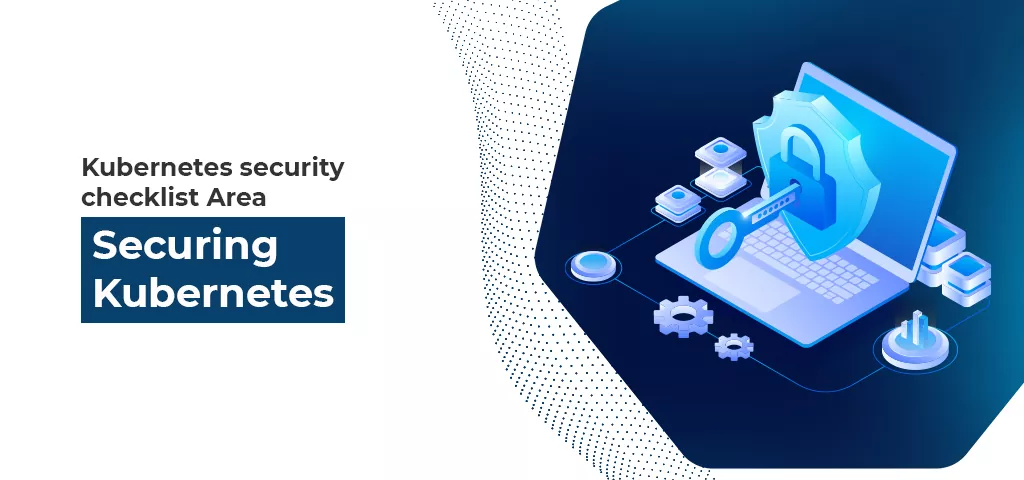Have you heard of the Log4j Log4Shell vulnerability? It’s one of the worst cybersecurity flaws discovered on 10 Dec’21. The rise of technology and the growing reliance on IT systems have definitely advanced our lives. However, they have also opened doors for cyberattacks.
IoT devices have become the attackers’ favorite thing to hack, and crimes related to credential stealing and ransomware are also increasing with time. Moreover, cybercriminals are also extending their reach to cloud platforms.
You know cybercrime is a problem. But how do you know it’s coming? Cybercrime can have long-reaching effects, affecting your business, and your customers, depending on the extent of the attack. Let us discuss what cost an organization has to pay post-cyberattack, how to find the vulnerabilities, implement cybersecurity risk mitigation strategies, and where to hire a Cybersecurity Consulting Firm.
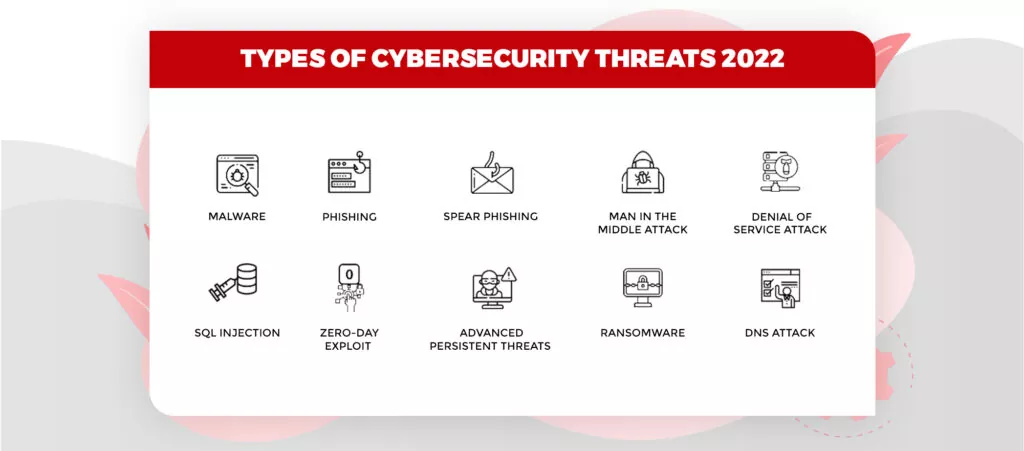
Image source: Stealthlabs
What is the Cost of a Cyberattack?
The price of cyber attacks is way more than you may think. The harm of a digital assault totally depends upon your business. In case your business is adequately strong, then, at that point, you can expect a little damage. A good cyber risk mitigation strategy can likewise help you in lessening the harm of cyberattacks. Nonetheless, this isn’t the genuine expense of a digital assault. The cyberattack will likewise influence your business reputation too. Some of the indirect costs of cyberattack are as follows –
- Data Loss – The loss of information can expand your bills because you will have to invest resources in data recuperation. Likewise, you may also have to suffer expected fines and consequences.
- Investor Perception – Normally, an organization’s worth drops post-data breach. Negative media will affect your business esteem. If you have a huge association, then, at that point, you may lose a large number of dollars because of this. This is additionally appropriate to more modest organizations. Most SMBs need more frameworks to manage negative media.
- Operational expenses – Sometimes, hackers may attempt to close down your web-based activities. They will utilize DDoS assaults to assault your servers. This will prompt client misfortune. Your clients will move to different stages as your services are not working.
- Reputation – You will lose your faithful clients because of the assault. It will likewise become hard to draw in new clients. Your brand name is connected with your whole business. If you want your customers to stay with you, assess your cyber risks and fix them ASAP. Now let’s find out how to mitigate cyber security risk in the below section.
Also, Read – A Cyber Attack Can Ruin Your Business – Are You Really Prepared?
What is Cyber Security Risk Mitigation?
Cyber risk mitigation is the method involved with assessing a company’s important assets and afterwards ensuring them using risk strategy. Your association needs to decide its risk tolerance, so you can make a risk mitigation plan that will limit those dangers. Risk tolerance can be high, medium, or low. A risk alleviation system will shield your association’s resources from internal and external threats and save money in alternate ways.
Cyber risk mitigation is a critical thinking tool that assists you with making a cyber threat alleviation plan for unknown threats so it tends to be managed all the more easily. A cyber risk mitigation plan is a chance for you to diminish and dispose of hazards. You can’t keep a catastrophe from occurring consistently, however, you can generally diminish its effect. It implies having a decent danger alleviation procedure set up that will help you assume the most noticeably terrible ought to occur.
Best Cybersecurity Risk Mitigation Strategies
Proactive cybersecurity risk mitigation is rapidly turning into the main choice for associations as the probability of encountering a digital assault is everything except ensured. The following are the 6 top strategies for the mitigation of cyber security incidents across your IT environment. Let’s see how to mitigate cyber security risks.
Conduct a risk assessment to determine vulnerabilities
The initial phase in a cybersecurity risk mitigation plan ought to be to conduct a risk evaluation, which can assist with uncovering potential loopholes in your association’s security controls. A risk evaluation can offer knowledge into the resources that should be ensured and the security controls at present set up, and directing one can help your association’s IT security group identify areas of weakness that could be possibly taken advantage of, and therefore can focus on which steps ought to be taken first. Network safety appraisals are an incredible method for acquiring an ongoing glance at your association’s cybersecurity posture.
Establish network access controls
Whenever you have evaluated your resources and distinguished potential trouble spots, the subsequent stage is to build up network access controls to assist with moderating the dangers of insider threats. Numerous associations are going to security frameworks that assess trust and client access advantages dependent upon the situation relying upon every client’s particular work. This limits both the probability and effect of dangers or assaults that happen because of worker carelessness or a basic absence of familiarity with online protection best practices.
Also, Read – Cyber Attacks on Utilities Are Spiking. Is Your Company Prepared?
Implement firewalls and antivirus software
Another significant cybersecurity risk methodology implies the establishment of safety solutions like firewalls and antivirus. These innovative protections offer an extra obstruction to your PC or organization. Firewalls go about as a buffer between the rest of the world and your organization and give your association more prominent command over incoming and outgoing traffic. Essentially, antivirus looks through your devices as well as the organization to distinguish any possible cyber attacks.
Create a patch management schedule
Numerous Software and application providers keep releasing patches consistently, and cybercriminals know about that very well. Therefore, they can rapidly decide how to take advantage of a patch. Organizations need to keep an eye on the patch release and create an effective management schedule that can help your association’s IT security group stay in front of Attackers.
Continuously monitor network traffic
Proactive activity is the best strategy for alleviating cyber attacks. With approximately 2,200 assaults happening each day, the best way to genuinely remain ahead of cybercriminals is to continuously monitor network traffic. To genuinely empower real-time threat detection and network safety hazard moderation, consider tools and devices that permit you to acquire an exhaustive perspective on your whole IT ecosystem anytime. This will permit your IT security group to more effectively distinguish new dangers and decide the ideal way to remediation.
Build an incident response plan
Guaranteeing that everybody, including both the IT cloud cyber security group and non-technical employees, knows what they’re answerable for in case of an information break or assault can make it more straightforward to have assets set up and all set. This is known as an occurrence reaction plan, and it is one of the critical factors in alleviating cyber-attack within your organization. Dangers can emerge out of any place and they aren’t going to cease themselves. Therefore, it is important for every organization to keep the response plan ready to proactively remediate any issues.
Read more: Data Security on Cloud – How To Protect Data In The Cloud
How PeoplActive Can Help Your Business?
Having a cybersecurity team has become a necessity for every business. Mitigation in Cyber security is crucial to safeguard the entire production and delivery process. Are you looking for cybersecurity professionals to ensure mitigation in cybersecurity? If so, PeoplActive is a one-stop solution for you.
PeoplActive is an IT consulting company and also offers staffing/staff augmentation services to our clients or both PERM and Remote roles. We specialize in cloud and cyber security roles however, that does not limit our expertise, we also assist our clients with different complex IT roles like Full Stack, Mean Stack, Data Engineers, iOS or Android, etc.
Our tech-savvy recruiters are well-versed with the latest technology, programming knowledge, and other skills which help them better understand the job description and bring exceptional talents to your dream team.
- Geographies – US, India, UAE, and ANZ.
- Avg. placement Percentage – More than 90%
- Specialization – Cloud Platforms (Azure, AWS, GCP, etc.) Cyber Security, DevOps, Architect, Data Engineers, etc.
- Joining Turn Around – 2 to 4 weeks.
- Flexible hiring model – Contractual or Permanent.
We hope you found the blog useful and informative. In case, you want to beef up your project team with cloud cyber security experts, let us know today. Looking forward to hearing from you.


